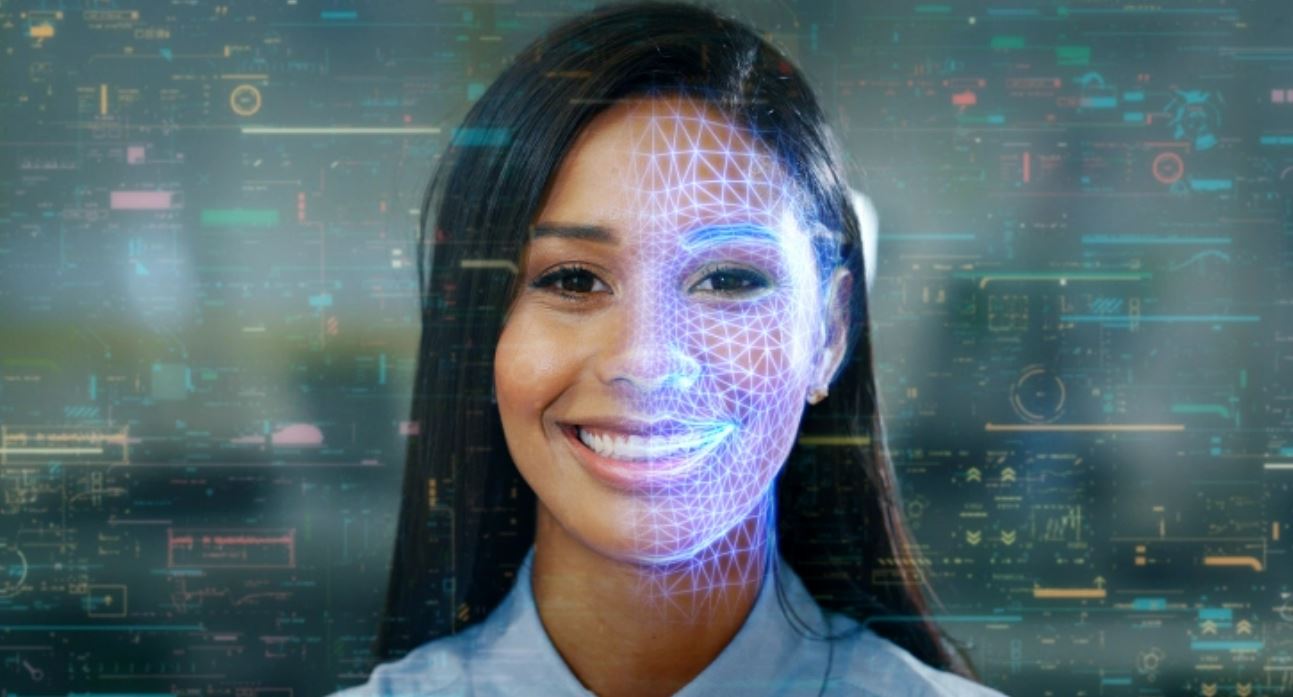Technology has a reputation for being impersonal. It’s easy to think of machine-driven artificial intelligence, 3D and biomechanics software as we would an episode of Netflix’s Black Mirror.
Copyright: venturebeat.com – “How to use data analytics to improve quality of life”
 But when pointed at the right problem, advanced data analytics solutions have the power to change human lives for the better.
But when pointed at the right problem, advanced data analytics solutions have the power to change human lives for the better.
Take the workplace. Laborers across practically every sector — from shipping to pipefitting — are at risk of being physically compromised on the job every day. More than half of manual worker compensation insurance claims are filed due to slips, trips and falls, as well as lifting-related injuries — including overextension and other poor body mechanics. Many of these problems could be avoided or corrected through proper lifting technique, good posture and core strengthening.
How data analytics can assess biomechanics
How, exactly? By tracking, analyzing and providing timely feedback to workers about their biomechanical form, communicated in simple terms and in an easy-to-apply format. Repetitive movements are known to cause musculoskeletal strain or injuries, and when left unaddressed, their risk grows and the more likely severe consequences are to follow. But companies could make exponential performance gains in movement health while reducing injuries and maintaining a healthier workforce with just a few basic implementations.
For example, monitoring the displacement of the wrist and elbow in comparison to the hip joints would determine whether a worker is overextending their arms. Suggestions could be delivered to employees for correcting their form and engaging larger muscle groups over smaller ones. Identifying the weight of the boxes being moved would help refine the AI algorithms, and workers could be sent real-time alerts or haptic feedback to their smartphones — everything from in-the-moment direction (“Make sure to put one foot in front of the other to share the load bearing from the lower back to the hamstrings”) to personalized strength and conditioning techniques.
In fact, when it comes to maintaining the feedback loop, worker smartphones would do a lot of the heavy lifting, so to speak. Almost all manual laborers have access to one – and they may even be provided a phone by the company. Workers could be asked (and incentivized) to stretch and participate in a few drills as their smartphone tracks their movements to ensure completion and proper form. In factory and distribution center environments, cameras could be positioned throughout the work area to monitor and detect specific imbalances or instabilities. Feedback from that analysis – including strengthening exercises and connections to company-expensed trainers or physical therapists – would be sent to each individual employee’s smartphone.[…]
Thank you for reading this post, don't forget to subscribe to our AI NAVIGATOR!
Read more: www.venturebeat.com


Technology has a reputation for being impersonal. It’s easy to think of machine-driven artificial intelligence, 3D and biomechanics software as we would an episode of Netflix’s Black Mirror.
Copyright: venturebeat.com – “How to use data analytics to improve quality of life”
Take the workplace. Laborers across practically every sector — from shipping to pipefitting — are at risk of being physically compromised on the job every day. More than half of manual worker compensation insurance claims are filed due to slips, trips and falls, as well as lifting-related injuries — including overextension and other poor body mechanics. Many of these problems could be avoided or corrected through proper lifting technique, good posture and core strengthening.
How data analytics can assess biomechanics
How, exactly? By tracking, analyzing and providing timely feedback to workers about their biomechanical form, communicated in simple terms and in an easy-to-apply format. Repetitive movements are known to cause musculoskeletal strain or injuries, and when left unaddressed, their risk grows and the more likely severe consequences are to follow. But companies could make exponential performance gains in movement health while reducing injuries and maintaining a healthier workforce with just a few basic implementations.
For example, monitoring the displacement of the wrist and elbow in comparison to the hip joints would determine whether a worker is overextending their arms. Suggestions could be delivered to employees for correcting their form and engaging larger muscle groups over smaller ones. Identifying the weight of the boxes being moved would help refine the AI algorithms, and workers could be sent real-time alerts or haptic feedback to their smartphones — everything from in-the-moment direction (“Make sure to put one foot in front of the other to share the load bearing from the lower back to the hamstrings”) to personalized strength and conditioning techniques.
In fact, when it comes to maintaining the feedback loop, worker smartphones would do a lot of the heavy lifting, so to speak. Almost all manual laborers have access to one – and they may even be provided a phone by the company. Workers could be asked (and incentivized) to stretch and participate in a few drills as their smartphone tracks their movements to ensure completion and proper form. In factory and distribution center environments, cameras could be positioned throughout the work area to monitor and detect specific imbalances or instabilities. Feedback from that analysis – including strengthening exercises and connections to company-expensed trainers or physical therapists – would be sent to each individual employee’s smartphone.[…]
Thank you for reading this post, don't forget to subscribe to our AI NAVIGATOR!
Read more: www.venturebeat.com
Share this: